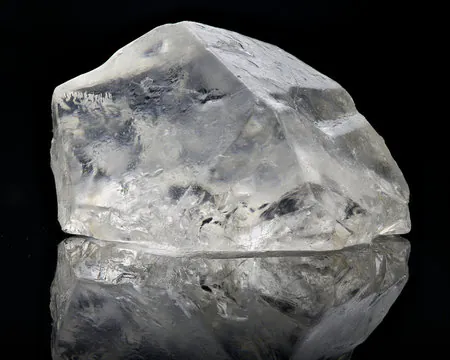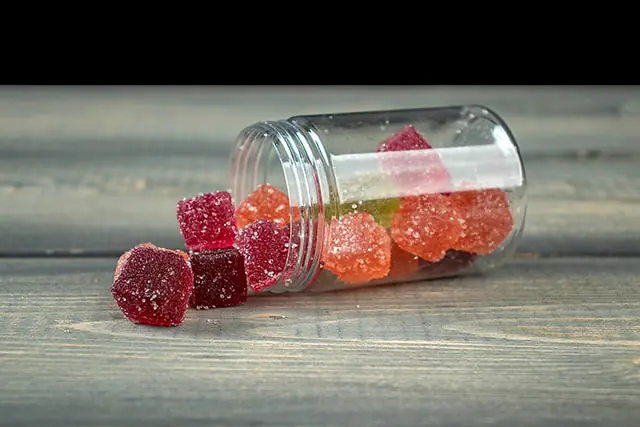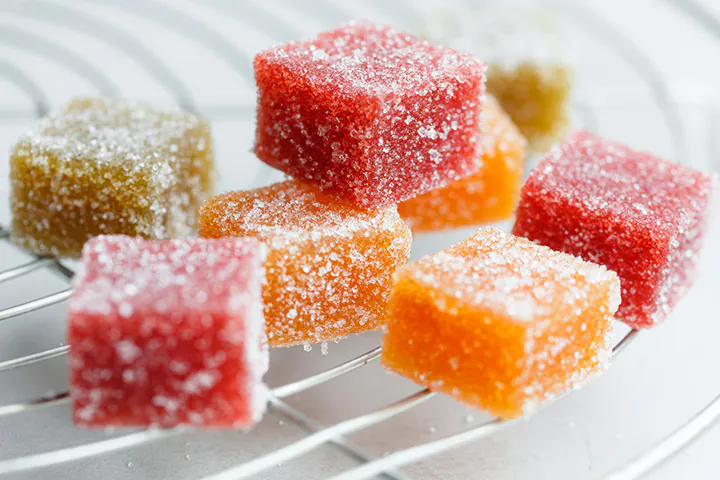Since the ban on HHC and THC products in Japan, cannabis consumers in the country are looking for new strong cannabinoids. With the passage of the Farm Bill in 2018, which legalized hemp on a federal level in the United States, the cannabis sector has developed lots of new products, including novel minor cannabinoids.
Although most of them have no psychotropic effects, a new class of cannabinoids has a chemical structure comparable to THC. However, THC is completely banned in Japan, where THC-O, a laboratory-created synthetic chemical, comes into the picture. THC-O has no THC; hence it is legal in Japan for the time being.
What Is THC-O
THC-O (also called THC-O acetate or ATHC) is a novel non-natural compound that has caught the attention of many cannabis users in Japan. However, there are various worries about its legality and health safety.
In recent years, several manufacturers have sold goods using THC-O, a synthetic cannabis component obtained from hemp. THC-O, unlike other cannabinoids produced from hemp such as CBD, CBG, or CBN, is not present naturally in the hemp plant, yet it possesses psychoactive properties and appears legal in Japan.
THC-O is growing increasingly famous among cannabis users, even though it is not yet a mainstream cannabinoid. These cannabinoids, in particular, are piquing the curiosity of Japanese customers, where any cannabis product containing THC is banned.
Production Of THC-O
THC-O is a THC derivative. It can be produced chemically using acetic anhydride, a highly flammable and colorless liquid utilized in the production of textiles, plastics, dyes, and explosives.
Because volatile and flammable chemicals are used to manufacture this substance, special equipment is required.
THC-O is synthesized by extracting delta-8 THC from CBD derived from the hemp plant. Then, delta-8 THC molecules are treated with acetic anhydride to create THC-O acetate.
Potency of THC-O
There is no verifiable information on the potency of THC-O. According to some news sources, THC-O is 3 times more potent than THC.
THC-O is seen by users as more psychedelic than other cannabinoids because it has a higher spiritual or psychedelic psychoactivity.
THC-O, like cannabis edibles, requires time to digest in the system before its actions are released. THC-O is most usually accessible in vape cartridges, tinctures, and edibles.
Effects Of THC-O
There is currently no official study evidence on the cannabinoid. Its high dosages can be incapacitating, and some users relate its effects to those of low quantities of mescaline.
Because it is a prodrug, the effects may take up to 30 minutes to enter into force. It is essential not to consume an additional dose during this period. You might not experience anything for a couple of hours if you take an edible. It has a significant, physiologically sedating effect for most consumers, which can persist for many hours. Furthermore, the visual experience is significantly superior to that of Delta 9.
Please keep in mind that the effects sometimes come quickly. Many people report feeling the peak 15-20 minutes after the initial wave.
Despite its potential advantages, the absence of research and regulation raises questions about THC-O’s safety.
THCP: An Exciting Discovery
In 2019, Cinzia Citti conducted a study team to identify the exact cannabinoid composition that makes a strain acceptable for therapeutic usage. They conducted a series of trials on FM2, an Italian strain of cannabis.
They discovered the THCP cannabinoid throughout their research. The composition of this cannabinoid is quite close to that of THC. Although, there is one significant feature that distinguishes THCP and may make it much more effective than its equivalents.
How Cannabis Plants Produce THCP
While there are several phytocannabinoids, they all share a comparable composition. This is because they all begin as the same molecule, cannabigerolic acid (CBGA).
CBGA is often referred to as “the mother cannabinoid.” It is formed due to a complicated interaction between olivetolic acid and geranyl pyrophosphate. It is then subjected to additional enzymatic processes to generate the acidic versions of the phytocannabinoids: THCA, CBDA, CBCA, and so on.
Cannabinoids are only present in raw cannabis in their acidic condition.
When they get into touch with heat, they undergo a procedure known as decarboxylation. This process converts THCA to THC, CBDA to CBD, and CBCA to CBC, among other things. THCPA generates in the same manner as the other phytocannabinoids do. It becomes THCP after being exposed to heat.
THCP, on the other hand, is found at much lower concentrations in cannabis plants than the other cannabinoids. As a result, it has stayed unseen so far.
At the moment, the FM2 strain is the only one with detectable levels of the THCP cannabinoid. As a result, producers of THCP items need to create them in a laboratory.
Producers make it from hemp with no more than 0.3 percent delta-9-THC for legal purposes. CBD is utilized as the beginning ingredient for the production of THCP, implying that it can be properly produced from hemp.
To get a cannabinoid-rich fraction of FM2, n-hexane is utilized to extract the raw material rather than ethanol, containing additional pollutants including flavonoids and chlorophylls.
To get clean cannabinoids to extract, a further dewaxing process at 20 °C for 48 hours and elimination of the precipitated wax was required. Eighty fractions were separated using semi-preparative liquid chromatography with a C18 stationary process.
In this way, the fractions containing primarily tetrahydrocannabipgorolic acid (THCPA) are heated at 120 °C for 2 hours to produce their corresponding neutral version called THCP as transparent oils with a purity of >95 percent.
Bottom Line
THCP is a phytocannabinoid that has been unknown until now. According to the initial study, it could be significantly more powerful than their THC cousin. As a result, this new finding has the potential to substantially transform the approach we use cannabis in the future.
It may also raise the chance of negative effects. More study is needed to discover their specific effects on human systems, so keep an eye on this topic. More information about THCP will be provided when it becomes available.




